GNI
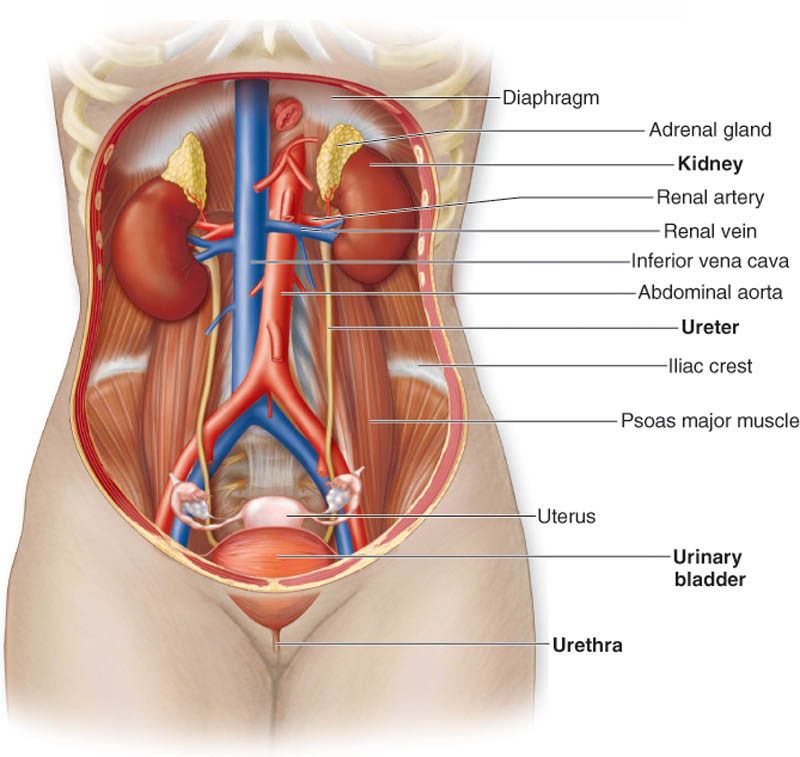
Do not read this article if you want your kidneys to be destroyed!
In pervious section we discouse about " Kidney stones ". in this article we discuse about types of Kidney stones and then we will invistigate "Calcium kidney stones".
Note that
1- All the materials in this article are original and has been the result of years of continuous experience and work.
2- These continuous writings are designed to simply overcome medical problems and protect your health.
The health of mankind is very important to me. So I spend a lot of time preparing these articles. I hope you use this text with enough.
3- This is a review of a book titled "Health Encyclopedia" that will published by me and you can access the text before publishing it.
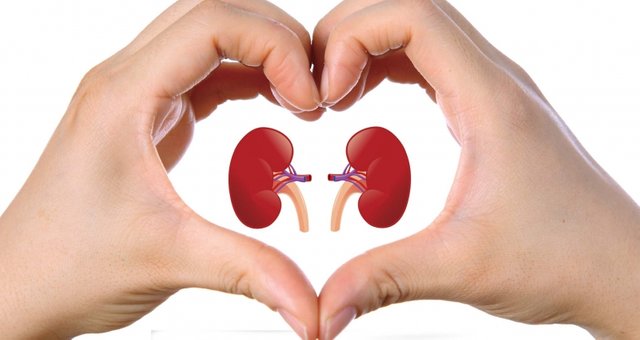
Introduction
The first reports of stomach may be related to the rocks between the skeleton of an Egyptian who lived in 4800 BC. Surgeries for urinary stones are also among the first surgical procedures.
Kidney stones are caused by a variety of reasons, such as family history or malnourished nutritional habits, which are treated according to the type of patient and condition of the patient.Kidney stones are hardened sediments that are made up of your kidneys and acid salts and salts. Causes of multiple kidney stones. In the most common way, concentrated urine allows crystallization and clinging of minerals to each other. The movement and transit of kidney stones is often accompanied by pain. Typically, the pain from the abdominal area or the lower back begins precisely below the ribs and moves to the lower abdomen or pelvis. The pain changes when the stone enters the urinary tract.
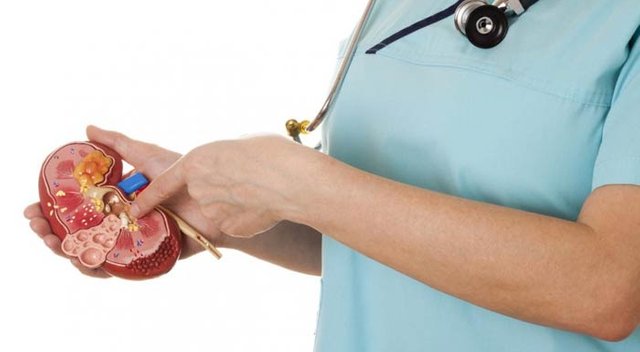
types of Kidney stones
All kidney stones have different types. Knowing the type of kidney stone is the first step in its treatment. Without knowing the type of kidney stone, its treatment will be difficult, and if successful in treatment, the stone may be re-formed.
So here we will introduce a variety of kidney stones. The kidney stones are divided into several basic categories, including:
1- Steroids stones
2- Uric Acid Stones
3- Cystine Stones
4-Gems caused by taking some medications
- Calcium urinary stones
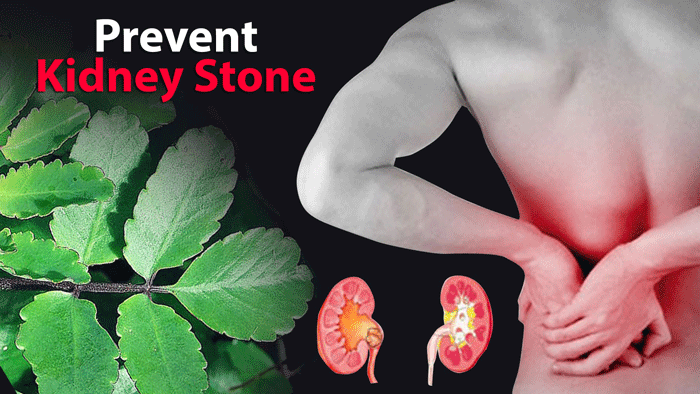
Steroids stones
The other names of these stones are infectious stones. It is formed in people with chronic urinary tract infections. Its characteristics are fast and rapid recurrence. So eradication of urinary tract infection in these patients is very important. The combination of this type of urea is magnesium ammonium phosphate. This type of urinary stones is formed in people whose urine contains a microbial strain that destroys urine from urine to ammonium. The heads of these three germs are as follows: proteus, pseudomonas and klebsiella. In these people, the urine pH is greater than 7 (alkaline urine).
Uric Acid Stones
This type of stones forms when the pH of urine is acidic. If the urine is alkali in these patients, the likelihood of the stone being dissolved is high. Urological stones are divided into two large groups radiologically. About 90% of the urinary stones are X-ray contrast, which is seen in radiography. However, about 10% of the urinary stones are not X-ray contrast and therefore not seen in radiography, these types of stones are called non-contrasting gems. Uric acid is considered to be non-contrasting stones and is not seen in radiography.
These patients are the ones reported in renal stone ultrasound, but this stone is not seen in radiography. The nucleus of uric acid stones is from purine, which is seen in protein substances. So if you are one of the people who regularly make uric acid, you should eat protein like meat. If the human body is watered for any reason, the risk of forming uric acid stones increases. Construction workers or those who work in fields under sunlight, while consuming less water during the day, are susceptible to uric acid rock. Other people who are prone to formation of uric acid are mildly gouty patients. In these people, uric acid is elevated in blood and much of it is excreted in the urine. One in four people with uric acid stones has gout.
Cystine stones
It is a material found in many body structures, such as muscles and nerves. This type of stone is inherited and its characteristics are wide-reaching aging at an early age, and if it is not treated properly, it quickly destroys the kidneys. The cause is a congenital defect, which causes large amounts of cystine to enter urine.
Gems caused by taking some medications
Just a few drugs cause stones to be made from the same medicine, the most important of these drugs are:Indinavir; Atazanavir; Guaifenesin; Triamterene; Silicate. Stomach syrups containing magnesium contain large quantities of silicates. Drugs containing sulfate can also cause urinary stones, the most important of which are: Sulfasalazine, Sulfadiazine, Acetylsulfamethoxazole, Acetylsulfasoxazole, Acetylsulfaguanidine.
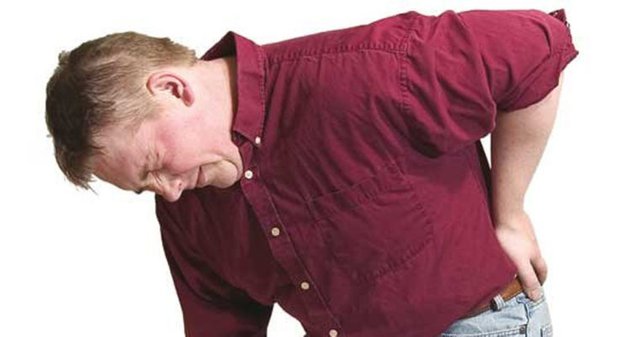
Calcium urinary stones
The most common urinary stones, calcium stones, and the most common are calcium oxalate. In patients with kidney stones, the rate of kidney failure and hypertension is higher. The key to preventing the formation of calcium stones is to identify the cause.
Over the past 30 years, the prevalence of urinary stones has been increasing. Eleven percent of men and 6 percent of women will have urinary stones before age 70. The prevalence of urolithiasis in white whites is three times that of blacks. About 80% of kidney stones are made up of calcium oxalate and few calcium phosphate. That is, the most common urinary stones, calcium stones, and the most common are calcium oxalate. To identify the rock, it must be chemically analyzed. After the first urinary stroke attack, the risk of recurrence is 40% in 5 years and 75% in 20 years. The cost of hospital admission, surgery, and losing work in the United States due to urinary incontinence is $ 5 billion annually. In patients with kidney stones, the rate of kidney failure and hypertension is higher. If we look, we will find a cause for the formation of more calcium stones. The key to preventing the formation of calcium stones is to identify the cause.
The cause of urinary stones
A diet rich in calcium-sodium-protein, as well as a lack of mobility for people with type 2 hypercalcemia-people with digestive diseases such as intestinal inflammation or ileostomy, a history of urinary tract infections and metabolic diseases, gout, and impaired rooting
Calcium stones formation
If the amount of urine output like oxalate in the urine reaches a level that is not yet soluble in the urine, it will crystallize and form the rock. If we add a glass of water with a spoonful of sugar, sugar will initially be soluble in water, but when it comes to the addition of sugar in that amount of uncoloured water and crystalline, this process is used in the production of the crop . If we want more sugar to be dissolved in water, we need to increase the amount of water, that is to say sugar is saturated. If urine oxalate levels increase or urine volume decreases, it reaches a point where other oxalate is insoluble and precipitates. The urine saturation of calcium oxalate does not correlate with urine pH, but calcium phosphate reaches saturated state at pH of 7-6 years earlier. This mechanism can be used and by increasing the urine pH, patients who have calcium phosphate rock help to make less stones.
Of course, the topic of stoning is not so simple. The urine contains materials, some of which inhibit stamping and accelerate a number of other forms of stonewalling. The most important substance that prevents stones in the urine is citrate.
With the explanation given in the above, it is determined that when calcium and calcium levels of urine are removed from equilibrium, the urine will saturate calcium oxalate and calcium oxalate will precipitate. The most common metabolic cause in patients with calcium stones is excessive calcium excretion through the urine. The amount of calcium excretion in urine within 24 hours is higher in these people than in normal people. These patients absorb more calcium from the intestines, but their calcium levels are normal, which is because immediately after absorption of calcium from the intestines, it is excreted through the kidneys. If people consume less calcium (by diet), the amount of calcium excreted in the urine will be higher than calcium intake. This calcium is removed from the bones and repelled. These people, even if they consume calcium-free foods, for example, only consume sugar, excessive calcium in the urine will be high.
In addition to those who suffer from calcium stones, the amount of urinary oxalate excretion is increased on average. That is, these patients will excrete urinary oxalate more than normal people. Patients with calcium oxalate stones, if they consume vitamin C or protein substances, increase their urinary oxalate levels. The key issue is that patients with calcium oxalate stones should not limit calcium intake, such as dairy products. For the formation of calcium oxalate stones, the presence of oxalate in urine is 15 times more important than urine calcium. Oxalates are absorbed in the intestine and excreted through the kidney, but if calcium is present in the intestines simultaneously with oxalate, calcium adheres to oxalate and prevents oxalate absorption. In fact, people with calcium oxalate stones, if they do not consume calcium, the amount of rock formation in them increases.
Citrate is bound to calcium in the urine and causes the calcium to not saturate and prevents it from precipitating. In people with low urinary citrate levels, the risk of calcium stones increases. Reducing potassium levels and taking some medicines, such as Topiramate, may reduce your urine citrate. On the other hand, if the uric acid level increases, it accelerates the formation of calcium oxalate stones, uric acid decreases calcium oxalate solubility. Protein nutrients are the source of uric acid in the urine. We must find the reason for preventing the formation of calcium stones and find the cause by careful examination.
The cause of calcium stones
Medical and surgical causes
• Intestinal diseases such as chronic diarrhea and malabsorption
• Surgery of the gut such as removing part of the small intestine
• Sarcoidosis
• Gout
• Bone fracture
• Lack of long-term movement
• Hyperthyroidism
• Congenital disorders of the kidneys
taking medication:
The use of some medications may lead to the formation of calcium stones, the most important of these drugs are:
• Topiramate
• Calcium supplements
• Use of alkaline substances
• Vitamin D
Occupation and environment:
In some jobs, body water loss is several times higher than other jobs
• Yiddish under the sun
• warm weather
Preventing Calcium Stones
• Liquids: High levels of fluids cause calcium oxalate to not saturate. The minimum daily urine should be 2 liters. Depending on gender, age, physical activity, and physical activity, the amount of water used will be variable to produce at least 2 liters of urine per day.
• Sodium should be limited, with a limit of 100 milloles per day. On the other hand, the protein intake should be less than 1 gram per kilogram of body weight.
• At least 800-800 mg of calcium should be consumed daily to maintain bone density and lower urinary oxalate levels.
• Daily administration of 25-25 mg hydrochlorothiazide reduces the amount of calcium in the urine.
• The consumption of potassium-containing alkali prevents the growth of calcium crystals. For this, potassium citrate is prescribed at a dose of 20 milligrams per day.
• Administration of allopurinol at a rate of 300-100 mg / day by reducing uric acid in urine increases the solubility of calcium salts.
Alkaline urine (in case of decreased urine pH)
To prevent the production of calcium oxalate stones, cysteine
and uric acid, urine should be alkaline. In a western diet that is specifically rich in acidic foods such as cereals, dairy, legumes and meat, a diet rich in fruits and vegetables and citrate or citrate supplements given by the doctor or alkaline mineral water should be used to urinate for alkalization.
• Calcium stones are the most common urinary stones.
• Must be determined by surveys of the cause of sanding.
• There is a possibility of recurrence and is relatively high
• People with kidney stones should not wait for pain; they should be examined every six months for the presence of kidney stones.
• It is better to detect stones within the kidney. If the stones are removed from the kidney, it causes severe pain and can not be treated with simple measures and requires aggressive and costly action.
• Considering the actions you can reduce the recurrence of urinary stones.
• Patients with calcium stones do not need to restrict calcium intake, but they should consult their physician if they want to use calcium supplements.
will continued...
In next Part We Will discuse:
Fast herbal remedies for removing kidney stones
If you enjoyed this post would you please give it an upvote, like, or resteemit and follow me here: @marketclob
--
We’d love to hear your views on this … ( Reply )
thanks so much dear marketclob. could u please guide me about my pain in my kidneys?
Downvoting a post can decrease pending rewards and make it less visible. Common reasons:
Submit
yes, sure. please connect me in telegram
Downvoting a post can decrease pending rewards and make it less visible. Common reasons:
Submit
thanks so much
Downvoting a post can decrease pending rewards and make it less visible. Common reasons:
Submit
your welcom
Downvoting a post can decrease pending rewards and make it less visible. Common reasons:
Submit
Great article, I hope Steemit community could see your great works!
Downvoting a post can decrease pending rewards and make it less visible. Common reasons:
Submit
thanks so much david. i spend more and more time for contents to users use this information to be health
Downvoting a post can decrease pending rewards and make it less visible. Common reasons:
Submit